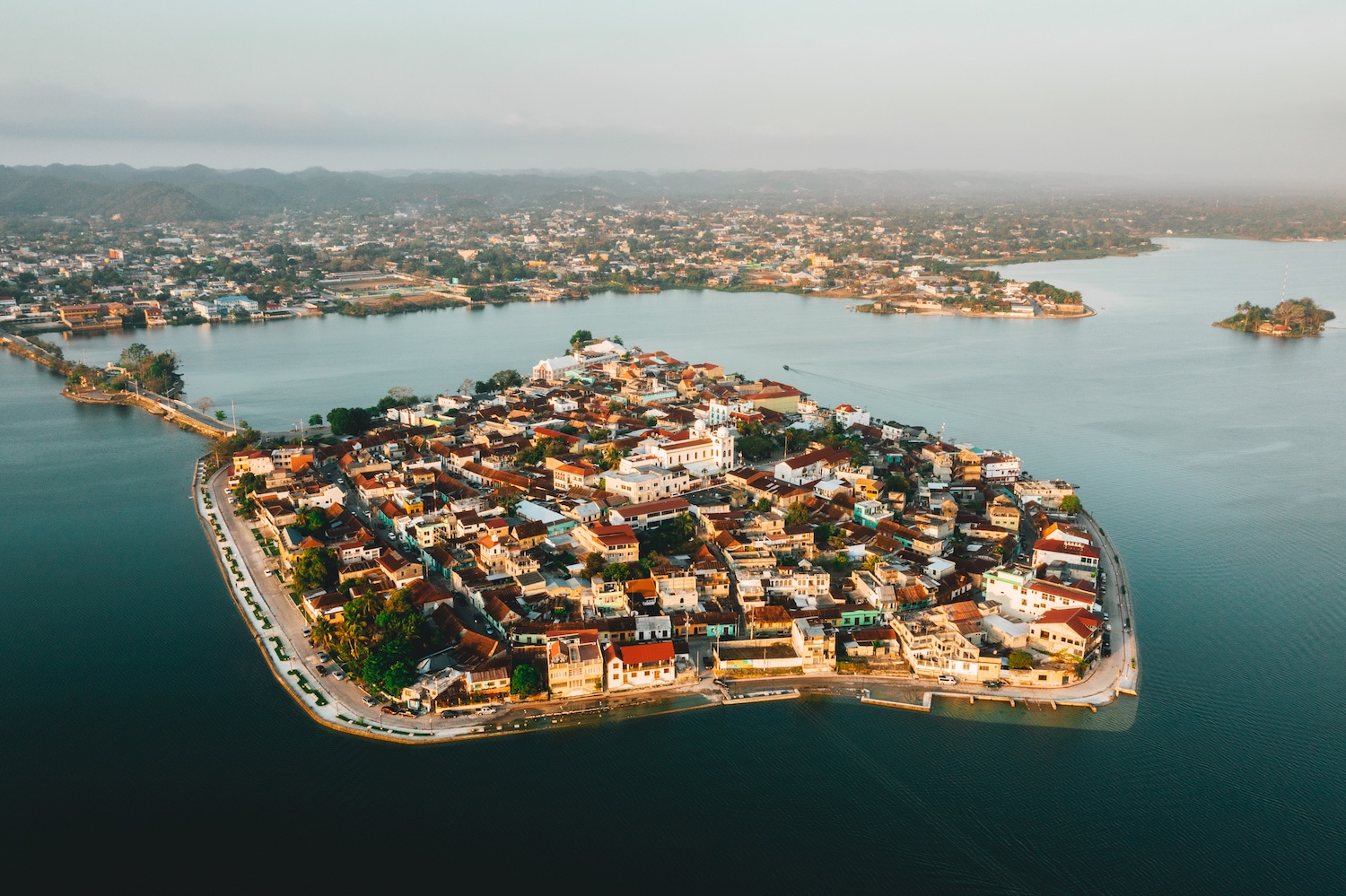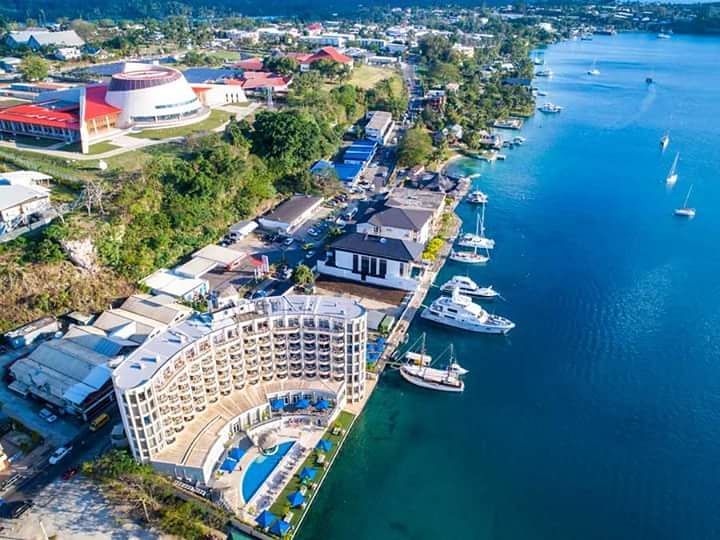To encourage monetary and financial stability in the South American nation, the Central Bank of Argentina (BCRA) was founded in May 1935. The implementing and regulating authority in Argentina is in charge of managing its operations.

Argentina’s banks
Argentina has various kinds of financial institutions, including:
Business banks
- Federal, provincial, and municipal governments own the business.
- Cooperative and non-cooperative private local banks with Argentine capital.
- Foreign banks include both local private banks and regional offices of foreign banks.
Investments bank
- Provincial banks with government ownership.
- Local banks with overseas funding.
Due to the relatively robust fundamentals of the financial institutions, the outlook for Argentina’s banking sector has changed from negative to stable despite ongoing macroeconomic imbalances and increasingly difficult operating conditions.
This ranking of the best financial institutions in Argentina is a useful starting point for anyone thinking about a career in banking there.
Argentina’s Leading Banks
The Leading Banks in Argentina Consist of:
Banco Galicia
The largest commercial bank in Argentina’s private sector is called Banco Galicia. It was established in 1905 and serves approximately nine million private and business clients. It provides a range of savings accounts, home and auto loans, credit and debit cards, safes, asset management, and investment services, as well as banking over the phone, online, and via SMS. Additionally, Banco Galicia offers insurance services for commerce, property, retirement, combined family, robbery, life, health, and other categories. It runs through a network of 423 locations and an online system.
Argentina’s National Bank (BNA)
Banco de la Nación Argentina, a provider of commercial banking services, was established in 1891. It has its headquarters in Buenos Aires and employs over 18,000 people.
BNA runs over 630 branches, 2,050 ATMs, and 13 foreign branches in nine nations (Bolivia, Brazil, USA, Chile, Spain, Panama, Paraguay, Uruguay, and Venezuela), as well as representative offices in China, Brazil, and Venezuela. It started operating in October 1891.
The Banco Macro
In 1988, Banco Marco was granted a license to conduct business as one of Argentina’s commercial banks. It offers a range of financial services and products to both private persons and businesses in Argentina. It has its main office in Buenos Aires and currently has 8,500 workers.463 branches, 1,578 ATMs, 960 self-service terminals, and service points make up the network through which it operates. The business was established in 1966.
Banco Hipotecario
Banco Hipotecario has been providing banking and related financial services to individuals, small and medium-sized businesses, and companies in Argentina since 1886. Its main office in Buenos Aires specializes in lending for real estate. There are now 1,605 people working there.
Patagonia Bank
In 1976, Banco Patagonia became a legal entity. It runs a network of 568 ATMs and 357 self-service terminals in addition to 179 branches, 17 client service centers, and 4 agencies. With around 3,200 employees, its Buenos Aires headquarters.
Banco de la Provincia
Banco de la Provincia, which was founded in 1822, is a public bank. One of Argentina’s top five banks, Banco Provincia has its main office in Buenos Aires. It provides loans, credit and debit cards, investments, mutual funds, lines of credit, foreign trade, SME banking, agricultural banking, and other services in addition to current and savings accounts. Currently, about 10,500 people are working for it, which has 400 locations.
Banco Santander Rio
Banco Santander Rio was founded in 1886 and is a subsidiary of Banco Santander SA. The bank offers a range of financial services and products to individual and commercial clients in Argentina, as well as to the country’s small and medium-sized businesses. Products for life and casualty insurance are also available. Santander is one of the subsidiaries owned by the bank. The corporate headquarters of Banco Santander Rio, originally known as Banco Rio de la Plata, is located in Buenos Aires. It has 464 locations and employs over 7,900 people.
BNP Paribas
BNP Paribas is a division of BNP Paribas SA and was established in 1981. The bank offers retail banking, asset management, corporate and investment banking, security, and insurance services. The organization’s headquarters are in Buenos Aires, and it has 17 branches and about 9,500 employees.
Bank HSBC
In 1903, HSBC Bank Argentina S.A. was founded. The bank provides unsecured loans as well as personal loans and time deposit accounts. It belongs to HSBC Argentina Holdings S.A. as a subsidiary. It has over 4,500 employees and serves 1.2 million clients.
ICBC
An affiliate of the Industrial and Commercial Bank of China Limited is ICBC Industrial and Commercial Bank of China (Argentina) S.A. The bank was established in 1984, and its main office is in Buenos Aires, Argentina. It runs a network of 104 locations and offers a variety of financial services and products in China and Argentina. In November 2012, the business purchased an 80 percent stake in Standard Bank Argentina, and in April 2013, it changed its name to Industrial and Commercial Bank of China (Argentina) Limited (“ICBC Argentina”). It is the sole Chinese bank in Argentina and has over 3,600 employees.
Investment banking careers
There are several crucial areas to concentrate on if you want to break into investment banking. These consist of contacts, resumes, expertise, and knowledge of financial modeling.







